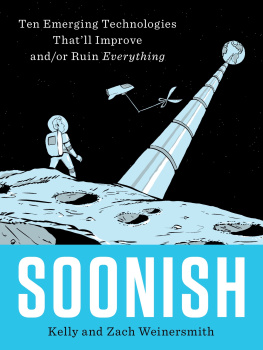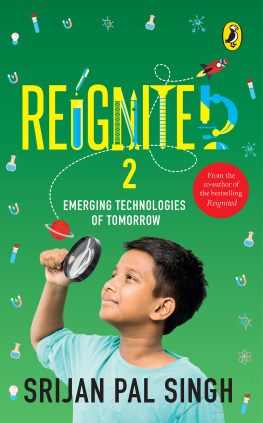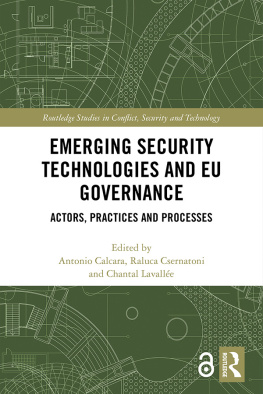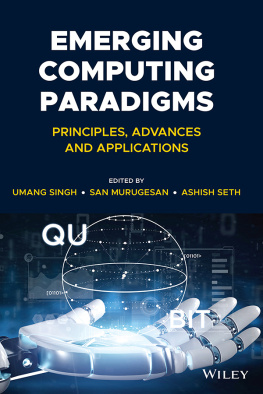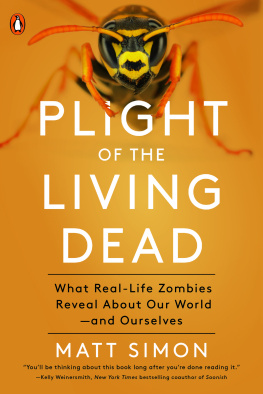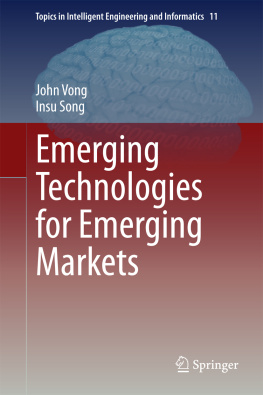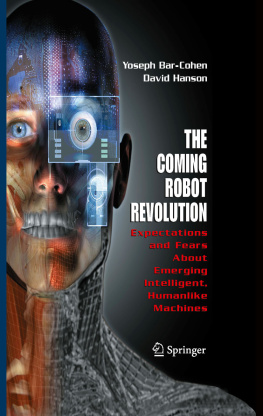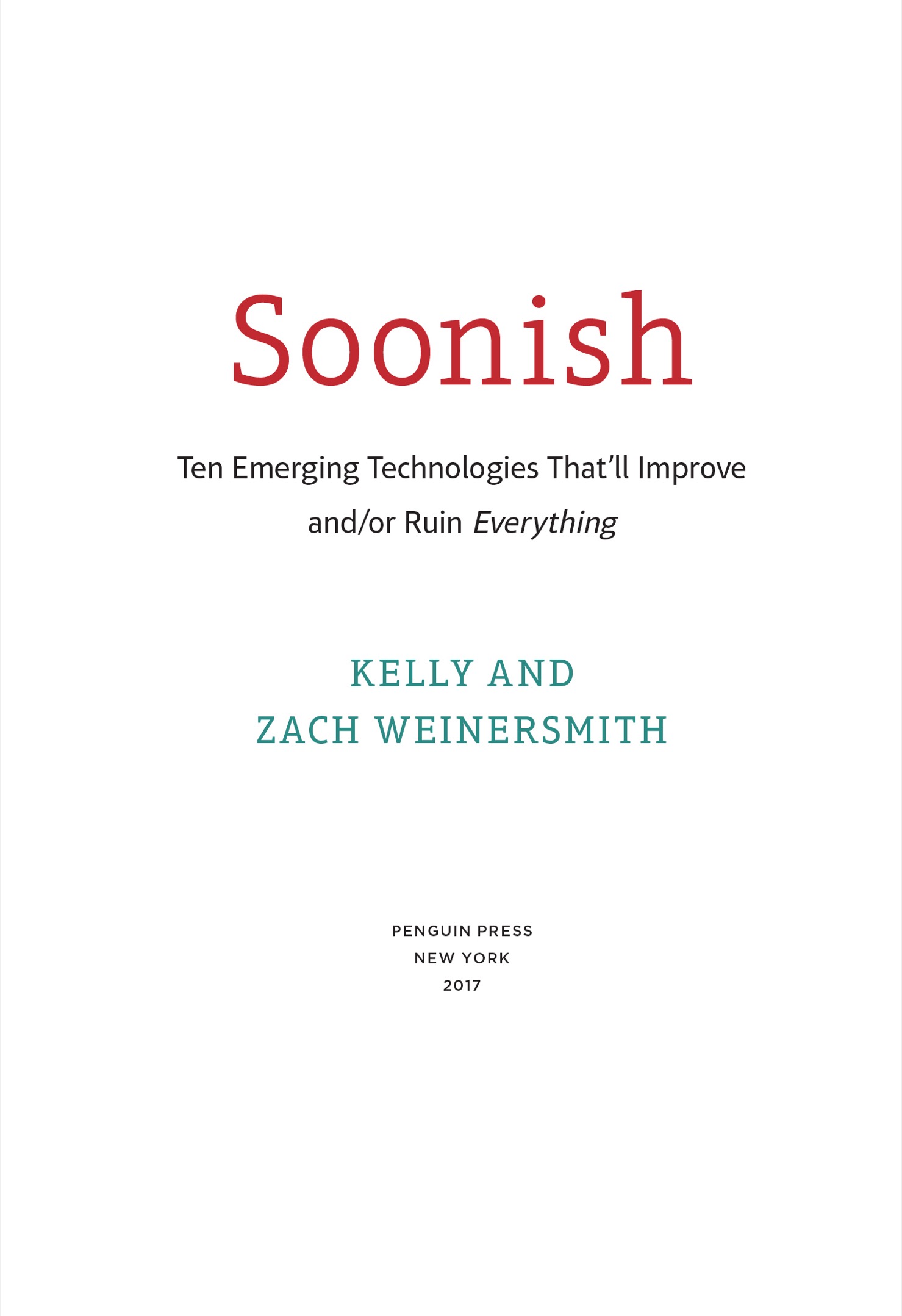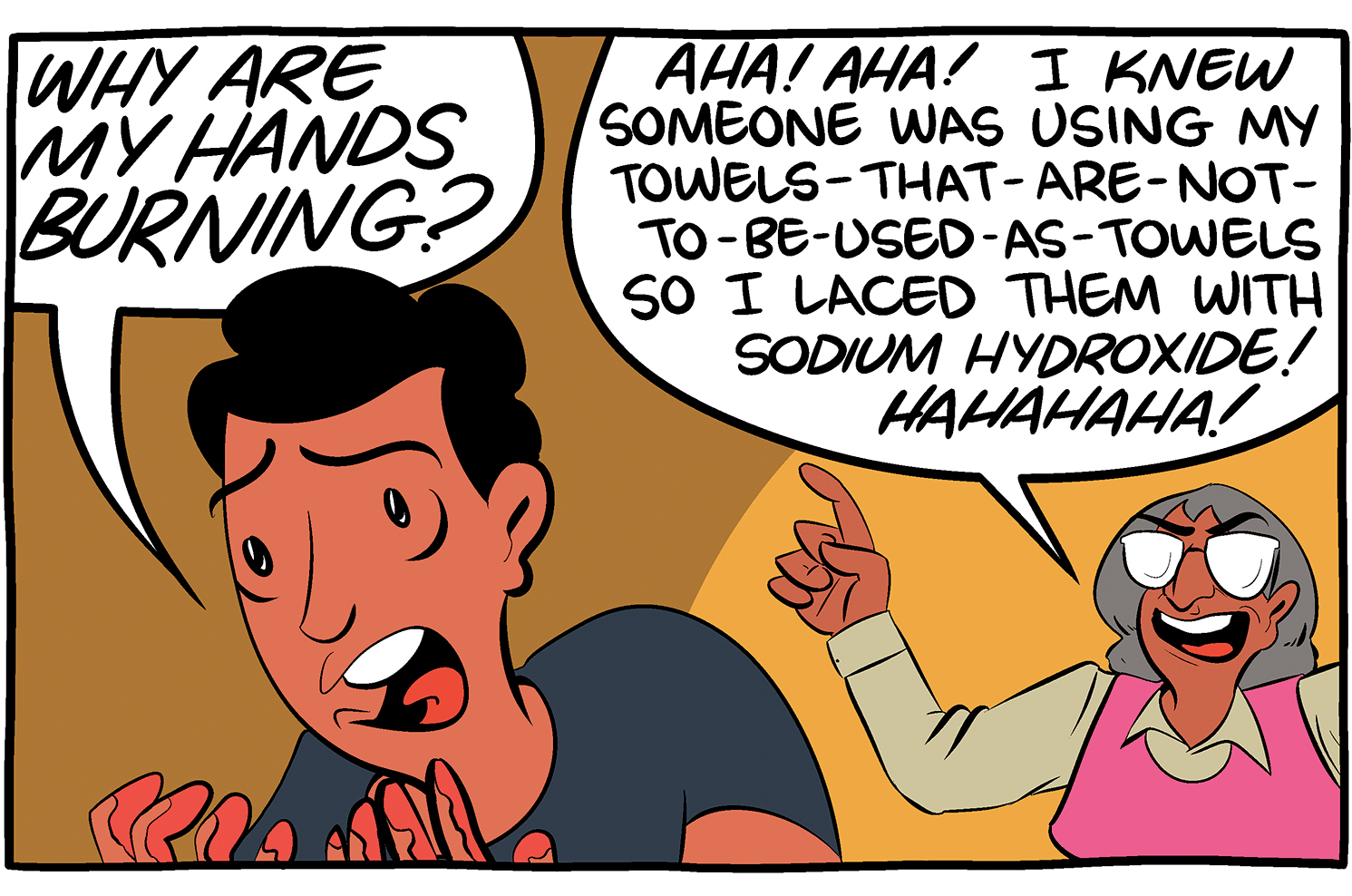Penguin supports copyright. Copyright fuels creativity, encourages diverse voices, promotes free speech, and creates a vibrant culture. Thank you for buying an authorized edition of this book and for complying with copyright laws by not reproducing, scanning, or distributing any part of it in any form without permission. You are supporting writers and allowing Penguin to continue to publish books for every reader.
Names: Weinersmith, Kelly, author. | Weiner, Zach, 1982 author.
Title: Soonish : emerging technologies thatll improve and/or ruin everything / Kelly and Zach Weinersmith.
Description: New York : Penguin Press, 2017. | Includes bibliographical references and index.
Identifiers: LCCN 2017008654 (print) | LCCN 2017016790 (ebook) | ISBN 9780399563836 (ebook) | ISBN 9780399563829 (hardcover : alk. paper)
Subjects: LCSH: Technological forecastingPopular works. | Technological forecastingPictorial works. | Technological forecastingHumor.
without whom this book could never have been completed. You fed us, cared for us when we were sick, watched Ada when we couldnt, and made sure we came up for air now and then. We will always appreciate what you did to make our dream real. This book is as much yours as ours.
Introduction
Soonish. Emphasis on the Ish.
T his is one of those books where we predict the future.
Fortunately, predicting the future is pretty easy. People do it all the time. Getting your prediction right is a bit harder, but honestly, does anyone really care?
There was a study in 2011 called Are Talking Heads Blowing Hot Air,
For most people, the pleasure of reading this study was the discovery that certain individuals were not just intolerable morons, but statistically intolerable morons. From our perspective as pop science writers, there was an even more exciting result: Regardless of their predictive prowess, all these people still have jobs. In fact, a lot of the worst predictors were the most prominent public figures.
If there really is no relationship between predictive ability and having a successful career, weve put ourselves in an excellent position. After all, those pundits were just trying to predict what will happen in the short term among a small number of squabbling political actors. They werent trying to decide if well have an elevator to space in fifty years or if well be uploading our brains to the cloud soon, or if machines will print us new livers and kidneys and hearts, or if hospitals will use tiny, swimming robots to cure diseases.
Frankly, its really freakin hard to tell you whether any of the technologies in this book will be realized in their fullest form in any particular time frame. New technology is not simply the slow accumulation of better and better things. The big discontinuous leaps, like the laser and the computer, often depend on unrelated developments in different fields. And even if those big discoveries are made, its not always clear that a particular technology will find a market. Yes, time travelers from the year 1920, we have flying cars. No, nobody wants them. Theyre the chessboxing of vehiclesamusing to see once in a while, but most of the time, youd rather have the two parts separate.
Given that any prediction we give you is likely to be not only wrong, but stupid, weve decided to employ some strategies we learned while reading other books where the authors envision the future.
First, a few preliminary predictions:
We predict that computers will get faster. We predict screens will get higher resolution. We predict gene sequencing will get cheaper. We predict the sky will remain blue, puppies will remain cute, pie will remain tasty, cows will continue mooing, and decorative hand towels will continue to make sense only to your mom.
We urge you to check back in a few years to grade our accuracy. Please note that we specified no time frame, so your grading options are either correct or not not correct.
Now that weve made the first round of predictions, were prepared to make a few more. We predict reusable rockets will lower the cost of rocket launches by 3050% in the next twenty years. We predict it will be possible to diagnose most cancers with a blood test in the next thirty years. We predict that nano-bio-machines will cure most genetic disorders in the next fifty years.
Okay, thats a total of eleven predictions. We believe that if we get eight out of eleven, we should be considered geniuses. Oh, and if any of the first set comes true, you can write clever news articles with titles like COUPLE WHO PREDICTED THE FUTURE OF GENE SEQUENCING SAY SPACEFARING WILL BE CHEAP IN NEAR FUTURE.
Predicting the future accurately is hard. Really hard.
New technologies are almost never the work of isolated geniuses with a neat idea. As time goes on, this is more and more true. A given future technology may need any number of intermediate technologies to develop beforehand, and many of them may appear to be irrelevant when they are first discovered.
One recently developed device we discuss in the book is called a superconducting quantum interference device, aka a SQUID. This very sensitive device detects subtle magnetic fields in the brain, which is one way to analyze peoples thought patterns without drilling holes in their skulls.
How did we get this thing?
Well, a superconductor is any material that conducts electricity without losing any electricity on the way. This is different from a regular old conductor (like a copper wire), which transmits electricity pretty well, but loses some en route.
We have superconductors because about two hundred years ago, Michael Faraday was making some glassware and accidentally turned a gas into a liquid by trapping it under pressure in a glass tube. There wasnt TV back then, so a bunch of Victorians got really excited about the idea of liquefying gasses.
As it turns out, its easier to liquefy gasses by getting them really cold rather than getting them really pressurized. This insight led scientists to develop advanced refrigeration technology, which allowed them to liquefy stubbornly gassy elements, like hydrogen and helium. And once you have liquid hydrogen or helium, you can use them to cool down just about anything you like.
Helium, for example, is at about -450 degrees Fahrenheit when in liquid form. If you pour it onto just about anything, the liquid helium turns into a gas and takes heat away with it, until the thing youre cooling is also about -450 degrees.
Eventually scientists wondered about what happens to conductors when you get them really cold. Conductors tend to get better at what they do as they cool down. In simple terms, this is because conductors are sort of like pipes for electrons, but theyre not perfect. In a copper wire, for example, the copper atoms get in the way of electron motion.

